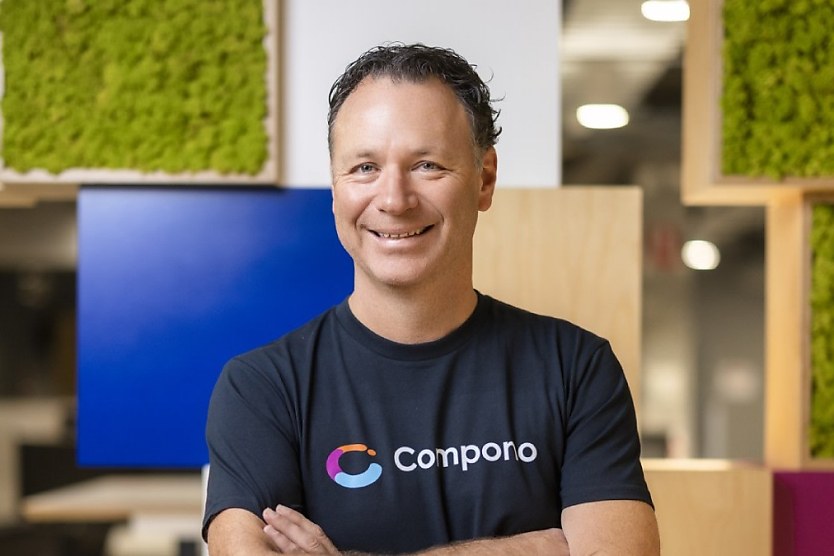2023 looks tough – let’s work smarter
SHARE THIS ARTICLE

The year 2022 was a difficult year to navigate for most HR professionals. The year ahead, however, will likely be just as challenging.
With a potential recession, budgets are being examined. Process optimisation and talent retention will become far more important. Executives will be looking to HR professionals to demonstrate how they’re keeping down costs through efficiency and retention, as well as proving that the hires they make in a stubbornly competitive job market aren’t just “hope hires” but are actually the right match for their business.
This is no small task. The key to success is to anticipate these challenges and have a system in place to answer them.
Know who you are first
If we accept that holding out for the “ideal” candidate is close to impossible, the negotiation moves to deciding what a “good” candidate looks like. While training can increase skills and knowledge, in my time as a business leader, I’ve found it’s more important to look for the right attitudes, work behaviours and work personality, and alignment with the team they’re joining, and the way the business works.
Before you can do this, you really need to know “who you are” first. It’s amazing how often we forget this critical first step. Utilise the tools at your disposal today to assess the way your business works, then integrate that insight into your hiring processes. That way you’ll get talent that’s more likely to stay longer and be more productive.
Beware of the lazy stereotypes, such as that an accountant role requires conscientiousness or marketing requires creativity. The truth is, the best performing teams often have a balance of talent with complementary work personalities, you just need to assemble the team with this in mind.
Only when you have this insight in place can you know the type of talent you really need. Sometimes you need a creative accountant! Without doing this upfront work, the whole hiring process can become misaligned and result in bad hires.
Cast the net wide, and act with speed
The speed and reach of your recruitment strategy is vital in today’s competitive hiring environment. Even if you have the best compensation package in the world, it won’t matter if the candidate never saw the job posting or was snapped up by another company a month before you can offer it.
This is where using technology to optimise your hiring process can make a real difference. By broadcasting job ads at scale, you can cast the net wider than ever before, especially if the work can be done remote or hybrid.
A big talent pool to choose from also greatly increases the workload of assessing and screening candidates. To keep the pipeline running quickly, technology will need to be deployed to do some of the heavy lifting when it comes to the initial stages of assessing candidate suitability. How far down this path you go depends on the size and sophistication of your organisation. If maximum efficiency is the goal, start by building and/or accessing databases of existing talent pools, then use commercially available technology to analyse them — increasing your chances of finding a great match in candidate values, faster than the recruitment teams of other competing businesses.
And remember, the goal isn’t to create an entirely automatic hiring process. Humans will need to be involved at some stage! But technology can make it far quicker and easier to connect with great talent.
People insights
This brings us to the remaining 2023 priority: retention. Employee retention keeps costs down and processes moving smoothly.
Data and academic models allow you to evaluate:
- The relationship between your organisation’s current and desired ways of working.
- The attitudes and beliefs held by your people.
- The effects of these in the workplace to build a higher performing workforce.
When you identify a gap, that’s an opportunity to show how you’re strategically working to ensure the future of the business.
If longer-tenured employee engagement is flagged, it can be supported with tailored learning pathways that enable people to grow, develop skills, and fulfil their career development needs.
If there’s a marked difference between where you want your organisation’s personality to be and how business is currently done, that can be fed into both learning and hiring programs to close that gap over time.
It’s during hectic times that HR leaders can really demonstrate the value they bring to an organisation. Proactively tackling the priorities of 2023 will not be done by repeating the mistakes of 2022. We must work smarter — not harder — to make it through.
Trent Innes it the CEO of Compono.
RELATED TERMS
The practice of actively seeking, locating, and employing people for a certain position or career in a corporation is known as recruitment.
